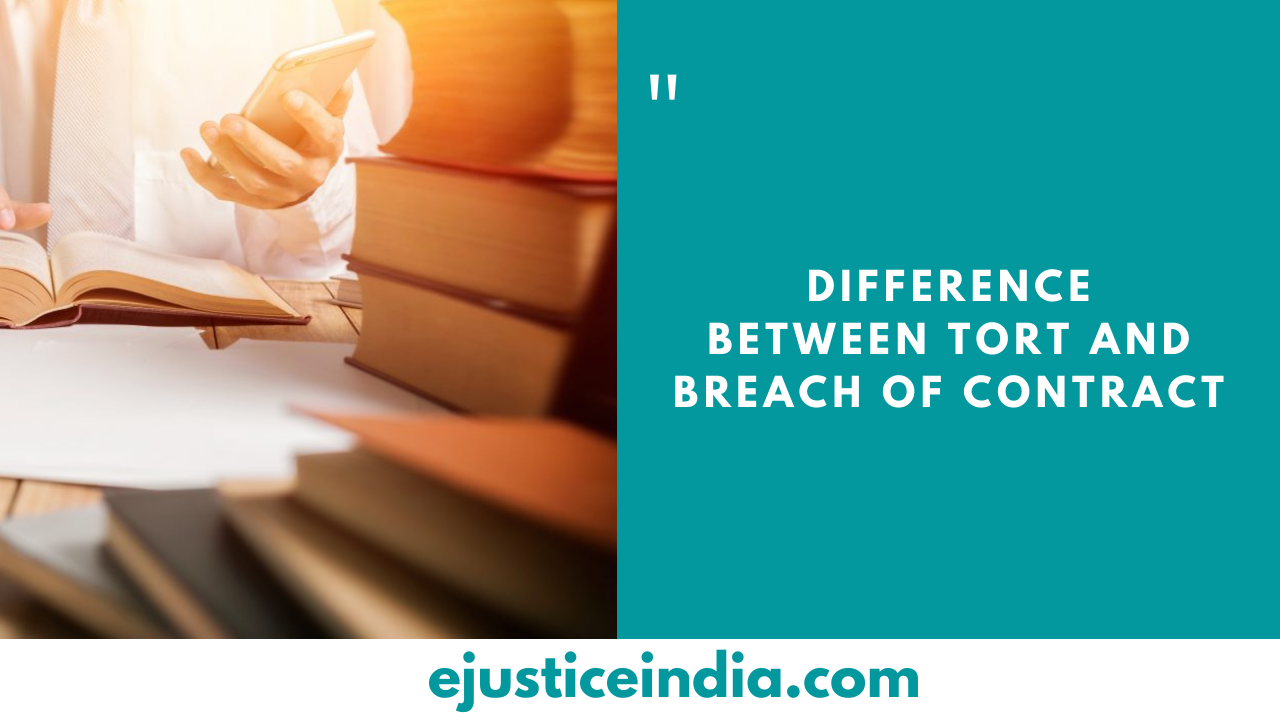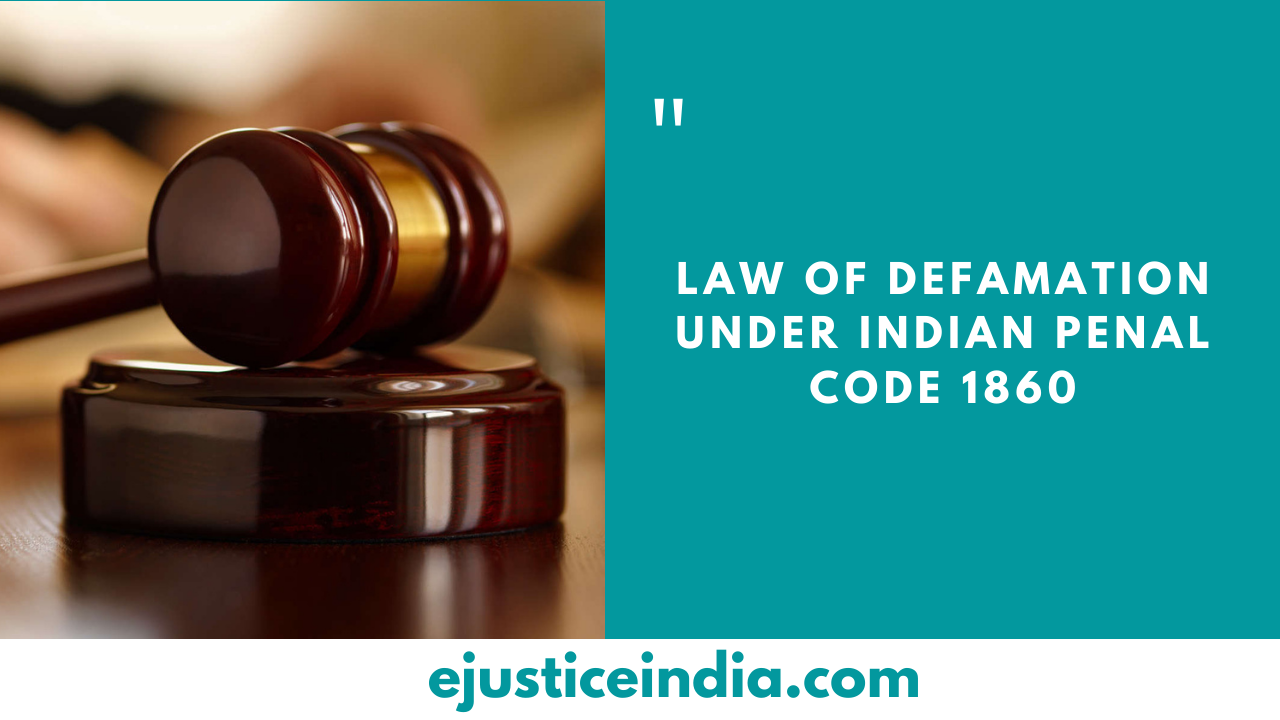Article 17: Abolition of Untouchability
Author: Harpriya
WHAT IS UNTOUCHABILITY?
Untouchability, in its literal sense, is the practice of ostracizing a minority group by segregating them from the mainstream by social custom or legal mandate. The term is most commonly associated with treatment of the Dalit communities in the Indian subcontinent who were considered polluting.
WHAT DO YOU MEAN BY ABOLITION?
The action of abolishing a system, practice, or institution.
WHO ARE UNTOUCHABLES?
Untouchables are literally outcastes. They are also known as depressed classes, harijans etc; but today they are more frequently referred to as Dalits. Dalits, literally meaning a broken people, are at the bottom of India’s Caste System. However, historically persons born in lowest castes and classes of persons doing menial jobs, criminals, persons suffering from contagious diseases and tribals living outside the so-called civilized world were considered as Untouchables. The discrimination can be in the form of physical or social boycott from the society. Untouchability is a menace and social evil associated with traditional Hindu society. It was believed that people of higher castes could become impure even if a shadow of an untouchable person touches him and to re-gain his purity he had to take a dip into holy waters of the Ganga. Today members of SC/ST are considered as Dalits and they are subjected to various forms of discrimination in the society.
ARTICLE 17 OF THE INDIAN CONSTITUTION:
Untouchability is abolished and its practice in any form is forbidden. The enforcement of any disability arising out of Untouchability shall be an offence punishable in accordance with law.
EXPLANATION OF UNTOUCHABILITY:
1. Untouchability is neither defined in the Constitution nor in the Act. It refers to a social practice which looks down upon certain depressed classes solely on account of their birth and makes any discrimination against them on this ground. Their physical touch was considered to pollute others. Such castes which were called untouchables were not to draw water from the same wells, or use the pond/tank which is being used by the higher castes. They were not allowed to enter some temples and suffered many other disabilities.
2. Which were denied to a vast section of the Indian society for centuries together. Inclusion of this provision in the Constitution shows the importance attached by the Constituent Assembly towards eradication of this evil practice. Article 17 is also a significant provision from the point of view of equality before law (Article 14). It guarantees social justice and dignity of man, the twin privileges.
3. This right is directed against private persons. The nature of untouchability is such that it is not possible to conceive where the State may practice untouchability. In People’s Union for Democratic Rights v UOI, the Supreme Court held that whenever a fundamental right contained in Arts. 17, 23 or 24 was being violated by a private individual, it would be the constitutional obligation of the State to take necessary steps to interdict such violation and ensure that such person should respect the right. Merely because the aggrieved person could himself protect or enforce his invaded fundamental rights, did not absolve the State from its constitutional obligations.
4. Article 35 read with Article 17 confer on the Parliament power to make laws prescribing punishment for practicing untouchability. The Parliament enacted the Untouchability (Offences) Act, 1955. In 1976, it was made more stringent and was renamed ‘The Protection of Civil Rights Act, 1955. It defines ‘Civil Right’ as ‘any right accruing to a person by reason of the abolition of untouchability by Article 17 of the Constitution.’ All offences under the Act have been made non-compoundable.
5. The Act prescribes punishment (1-2 years imprisonment) for preventing any person from entering any place of public worship or from worshipping or denying access to any shop, public restaurants, hotels or places of public entertainment or refusing to admit persons to hospitals and refusing to sell goods or render services to any person. Also, insulting a member of Scheduled Caste on the ground of untouchability or preaching untouchability or justifying it on historical, philosophical, religious or other grounds is a crime.
6. To prevent the commission of offences or atrocities against the members of the Scheduled Castes and Scheduled Tribes, the Parliament also enacted the ‘Scheduled Castes and Scheduled Tribes (Prevention of Atrocities) Act, 1989.’ The Act provides for special courts for the trial of offences under the Act and for the relief and rehabilitation of the victims of such offences. Atrocities committed against a Hindu SC or ST, who had converted to another religion, can be prosecuted under the Act, if the victim is still suffering from social disability. In State of Karnataka v Appa BaluIngale, the Supreme Court expressing its concern on the continuance of the practice of untouchability, held that it was an indirect form of slavery and only extension of caste system.
Case studies
In M. Kathiresan v. State of Tamil Nadu
The Madras High Court held that investigation conducted by an officer other than a DSP is improper and bad in law and proceedings based on such an investigation are required to be quashed. The Courts without taking into consideration the inadequacies of the State, have been punishing SC/STs for the same. Shri Pravin Rashtrapal, Member of Parliament rightly pointed out that there are insufficient officers at that level. His statement is supported by the Annual Report of 2005-2006 of Ministry of Home Affairs. Of the total posts sanctioned by the government under Indian Police Service more than 15 percent of the posts are vacant. This basically means that there is one IPS officer for 77,000 SC/STs.
In Dr. Ram Krishna Balothia v. Union of India
The Madhya Pradesh High Court held that the entire scheme of the SC/ST Act is to provide protection to the members of the Scheduled Castes and Scheduled Tribes and to provide for Special Court and speedy trail of the offences. The Act contains affirmative measures to weed out the root cause of attrocities, which had denied SCs and STs basic civil rights. the Act has addressed the problem regarding the dispensation of justice, but what this failed to deal with is the problem of rehabilitation. According to the report submitted by the National Commission for Review and Working of the Constitution, victims of atrocities and their families should be provided with full financial and any other support to make them economically self-reliant without their having to seek wage employment from their very oppressors.
In State of Madras v. Champakam Dorairajan
The court held that reservations in educational institutions were in violation of Article 29(2) which prohibited educational institutions from denying admission to applicants based on religion, race, caste, or language. The court maintained that special quotas on the basis of caste were violative of the prohibition against caste discrimination. Shortly thereafter, Article 15(4) was passed which effectively overruled Dorairajan.
Scheduled Caste And Scheduled Tribe (Prevention Of Atrocities) Act, 1989
The normal provisions of the existing laws like, the Protection of Civil rights Act 1955 and Indian Penal Code have been found inadequate to check these atrocities continuing the gross indignities and offences against Scheduled Caste and Scheduled Tribe (Prevention of Atrocities) Act, 1989 & Rules, 1995. The SCs and STs (Prevention of Atrocities) Act, 1989 with stringent provisions was enacted on 9 September, 1989.
Section 21(1) and (2) of SC/ST (POA) Act, 1989 stipulate that the State Government shall take all such measures as may be necessary for its effective implementation.
Section 23(1) of the Act authorises the Central Government to frame rules for carrying out the purpose of the Act. Drawing power from this section, the Scheduled Castes and the Scheduled Tribes (POA) Rules of 1995 were framed. The rules for the Act were notified on 31 March 1995.
The purpose of the Act was to help the social inclusion of Dalits into Indian society, but the Act has failed to live up to its expectations admitted by the Union Minister for Home Affairs in Parliament on 30 August 2010.
Conclusion:
In our society there still exist feeling of superiority of caste and birth. We can experience the practice of untouchability in everyday life around us, especially in rural and semi-urban areas of the country. Also, in big metro cities, the inhuman practice of manual scavenging is still there. According to a news report of Press Trust of India (PTI), on January 3,2014, four tea shop vendors were arrested by the Police in Karnataka for practicing untouchability while selling tea – they were serving tea in different types of cups to caste Hindus and SC/STs.
The incidence shows that the evil practice is so deep rooted in Hindu society that even after 70 years of Independence is continuing in one form or other. However, it can be said that things are slowly changing, the mind set of modern generation is also changing. Today’s youth with modern education and globalized outlook are viewing the social order from different perspective of equality and impartiality and not from the religious or traditional point of view. Hopefully, the wicked practice of untouchability would be removed from the society sooner rather than later and our country would usher into a new era of social equality and brotherhood which will be the true India of Gandhi and Ambedkar.


